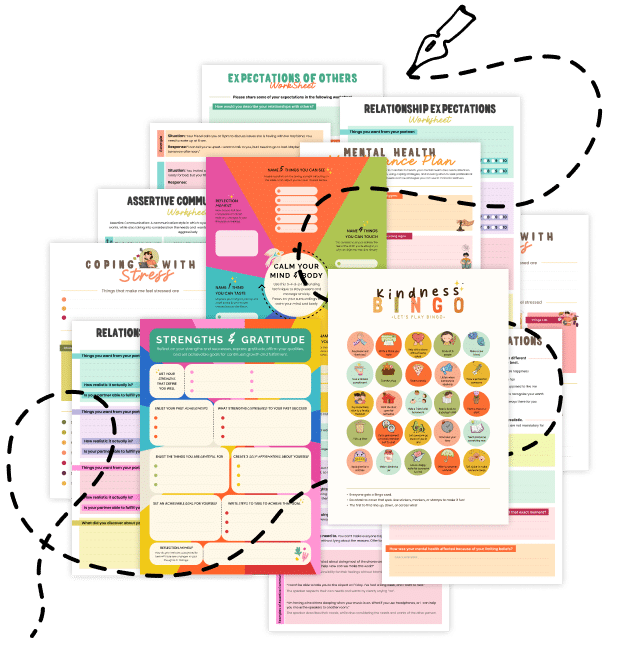20 Things About Oblique Problem-Solving
Enhance your creative approach and overcome mental blocks with these 20 insights on Oblique Problem-Solving—what it is, why it matters, and how it helps you tackle challenges from unconventional angles. Discover how thinking indirectly can spark innovative solutions and boost your overall problem-solving skills.
1. What Is Oblique Problem-Solving?
Oblique Problem-Solving is a method of tackling challenges indirectly, encouraging you to approach problems from unique and unexpected perspectives.
2. Embracing Lateral Thinking
It’s a form of lateral thinking that bypasses traditional, linear methods to uncover creative, out-of-the-box solutions.
3. Breaking Mental Blocks
By stepping away from conventional approaches, oblique problem-solving helps break through mental barriers and fixed patterns of thought.
4. Encouraging Unconventional Approaches
It pushes you to consider perspectives that you might otherwise overlook, opening the door to innovative ideas.
5. Shifting Your Focus
Instead of tackling a problem head-on, you examine related or tangential aspects, often revealing hidden opportunities for solutions.
6. The Power of Reframing
Reframing the problem can transform a daunting challenge into a manageable puzzle, making it easier to find creative answers.
7. Using Analogies and Metaphors
Drawing parallels between seemingly unrelated concepts can spark insights that lead to effective problem-solving.
8. Overcoming Cognitive Fixation
Oblique problem-solving helps reduce fixation on standard methods, allowing your mind to explore fresh, alternative approaches.
9. Enhancing Creativity
By stepping outside traditional boundaries, you stimulate your creative thinking and increase the likelihood of breakthrough ideas.
10. A Tool for Innovation
Many innovators and designers use oblique strategies to generate novel ideas, proving its value in both personal and professional contexts.
11. Involving Playful Experimentation
This approach often involves playful experimentation—trying out odd ideas or scenarios to see what unexpected solutions emerge.
12. Incorporating Oblique Strategies
Techniques like brainstorming with oblique prompts (think “What if?” scenarios) can help direct your thinking along new pathways.
13. Challenging Assumptions
It invites you to question established assumptions and consider that the obvious solution might not always be the best one.
14. Making Connections Between Disparate Ideas
By connecting dots between unrelated fields or ideas, you can generate innovative solutions that break conventional molds.
15. Benefiting From Incubation
Sometimes stepping away from a problem and letting your subconscious work can lead to sudden, insightful breakthroughs.
16. Fostering Open-Mindedness
Oblique problem-solving nurtures an open mindset, allowing you to be receptive to ideas that initially seem far-fetched.
17. Applicability in Everyday Life
This technique isn’t just for professionals—it can be applied to everyday problems, from planning events to resolving conflicts.
18. It’s a Skill That Can Be Developed
Like any cognitive skill, oblique problem-solving can be improved with practice, training, and exposure to diverse challenges.
19. Enhancing Adaptability
By regularly using unconventional methods, you build mental agility that makes it easier to adapt to unexpected changes.
20. Related Topics to Explore
- Mind-Wandering Mode – Discover how letting your mind drift can foster creative connections.
- Insight Problem Solving – Learn techniques that lead to those “aha” moments in problem-solving.
- Perspective Flexing – Enhance your ability to shift viewpoints and see challenges from multiple angles.
- Metacognitive Monitoring – Improve your awareness of your thought processes to refine your problem-solving strategies.
- Cognitive Flexibility Games – Engage in fun activities that boost your ability to think in versatile and creative ways.
Quick Tips to Boost Your Oblique Problem-Solving
- Challenge Assumptions: Regularly question the obvious solutions and consider alternative perspectives.
- Embrace Playfulness: Allow yourself to experiment with quirky ideas—sometimes the most unexpected thoughts lead to breakthroughs.
- Mix It Up: Combine unrelated ideas or fields to create new connections and innovative solutions.
- Take Breaks: Step away from the problem occasionally; a refreshed mind often returns with fresh insights.
- Reflect on Your Process: Review how you approached past challenges and identify moments when a non-traditional perspective made a difference.
Embrace these insights and tips to harness the power of Oblique Problem-Solving, transforming everyday challenges into opportunities for creative growth and breakthrough solutions!


